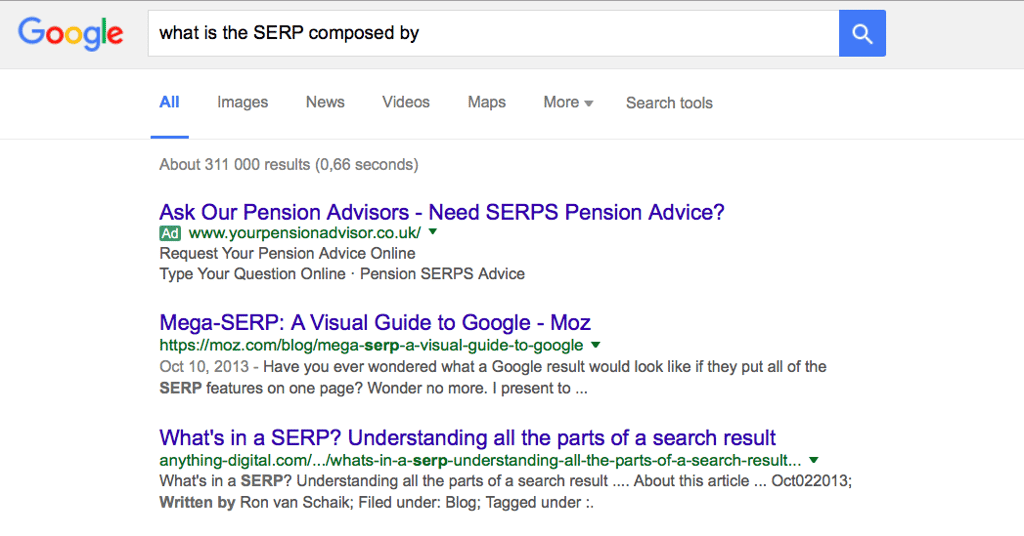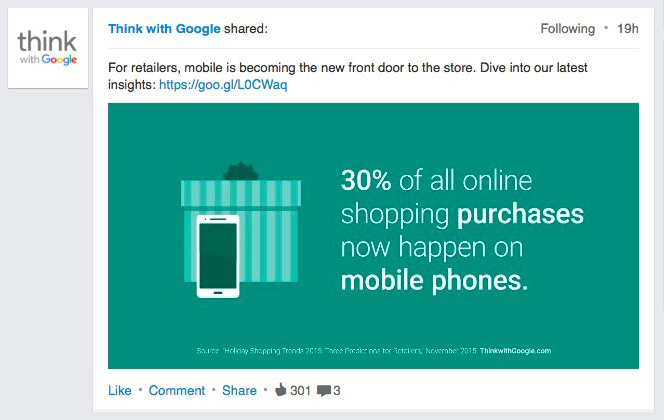
Copywriter and Conversion Specialist at Zooma since 2011. Qarin considers UX a business priority, whether it concerns copy, visual impact, or usability.
Keep me updated!
Subscribe

This is the third post in a series of articles that will guide you on how to create texts that will be found, read and shared. So, let’s increase your click through rate in the search engine result pages and from your social share previews.
When someone googles and have a page from your site listed amongst the organic search results, you want that person to choose you. And the same thing applies when a page on your site is shared and its page preview appears in somebody’s offsite news feed.
So, how can you influence those click-through rates (CTR)? To begin with, clicks are mainly driven by content that is:
However, in order to optimise something, it is important to know what you see and why you see it.
A search engine result page (SERP) lists the search results Google considers relevant to your query. Each suggested hit consists of a headline and a text snippet:
A web page that is shared offsite, i.e. to social media, becomes a mini-ad in people’s news feeds. That advertisement consists of a headline and an ad copy:
The information displayed in the search results and the page previews are extracted from the page in question:
In late 2013, Google launched a new algorithm: The Hummingbird. This algorithm learns semantics; it figures out the meaning of phrases by focusing on the relationship between words, expressions, signs, and symbols.
Today, the words bolded in the SERP’s snippets are often synonyms, close variants, abbreviations or the long form for, or an accepted notion of what is googled. In other words: in some cases the snippets don’t contain any of the searched keywords…
The reason to all this is that Google aims to provide answers to what we look for. To do this it must understand the intent behind each query.
This multifaceted semantic algorithm has resulted in recommendations that SEOs should stop worrying about keywords and focus on topics:
Still, you need to balance topics and keywords; one text should be on one subject; meaning you can include several keywords in a text written on a topic based title, i.e. a title without your keywords.
I actually think that Intent Optimisation would be a good expression to use nowadays.
So, to gain clicks in search result pages or on social media, you must be relevant and attention grabbing. Here is how you get ahead:
The titles are under your direct control. And, as I already mentioned, a title containing a keyword is no longer critical to the success of being listed in the SERP. Crucial for the click through rates is however how attention grabbing those headings are.
Remember to focus on topics and to create titles that are remarkable and relevant. Thinking in terms of newspaper headlines may help you:
Keep in mind that the title should be no more than 70 characters—including blanks. If you want the full title to be visible that is.
Today, these text extracts are not under your control. The only way for you to affect a page's snippet is by having relevant and well-written information on your site. To do that, you need to know your personas. And, you need to have your keyword analysis in place. It will provide insights into what your audience is interested in (and the analysis should be allowed to take a good deal of your time).
When you have composed a text that is built on an analysis, it increases your prospects of being listed in the result page. Also, structure the body copy smartly to help your readers all the way down to the bottom line.
To create your offsite ad’s body copy, you need to compose a great text for the meta description of each page. When writing that copy, include a call to action firstly, or lastly, in your copy. And, be sure to summarise the benefits of reading that page.
To make sure that your great little text will be displayed in full; keep the number of characters, including blanks, within the maximum length of the share previews. The optimal length is however different for different media, and it differs within the touchpoints as well...
Linkedin provides a fixed format for page previews which means that their share previews cut the content differently:


The reason to this is that headlines that use less than one line of text (fewer than 41 characters including blanks) get three lines with body copy (limited to 145 characters). Once the title extends to two lines (a maximum of 90 characters) the body is reduced to two rows (limited to 80 characters).
To ensure that you mini advert is displayed in full on Linkedin, Xing, Viadeo, Facebook and Google+, my recommendation is that you:
Would you like to know more about SEO, conversion or text optimisation in general?
P.S. Share this text to see if I practice what I preach...
